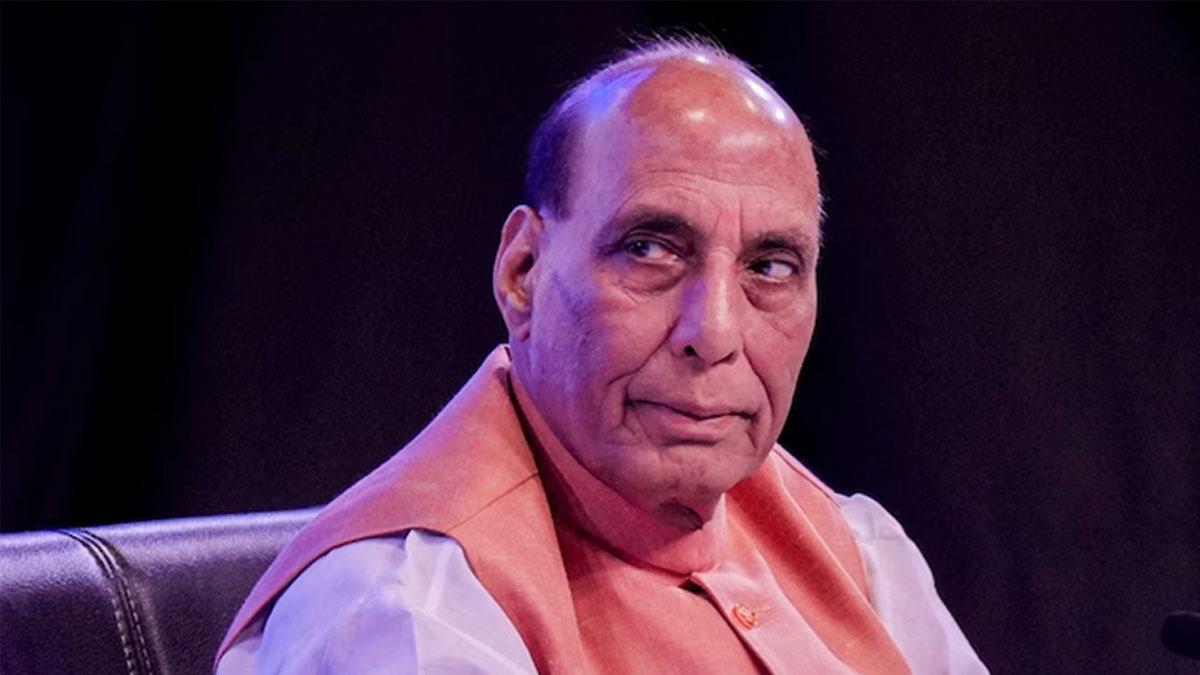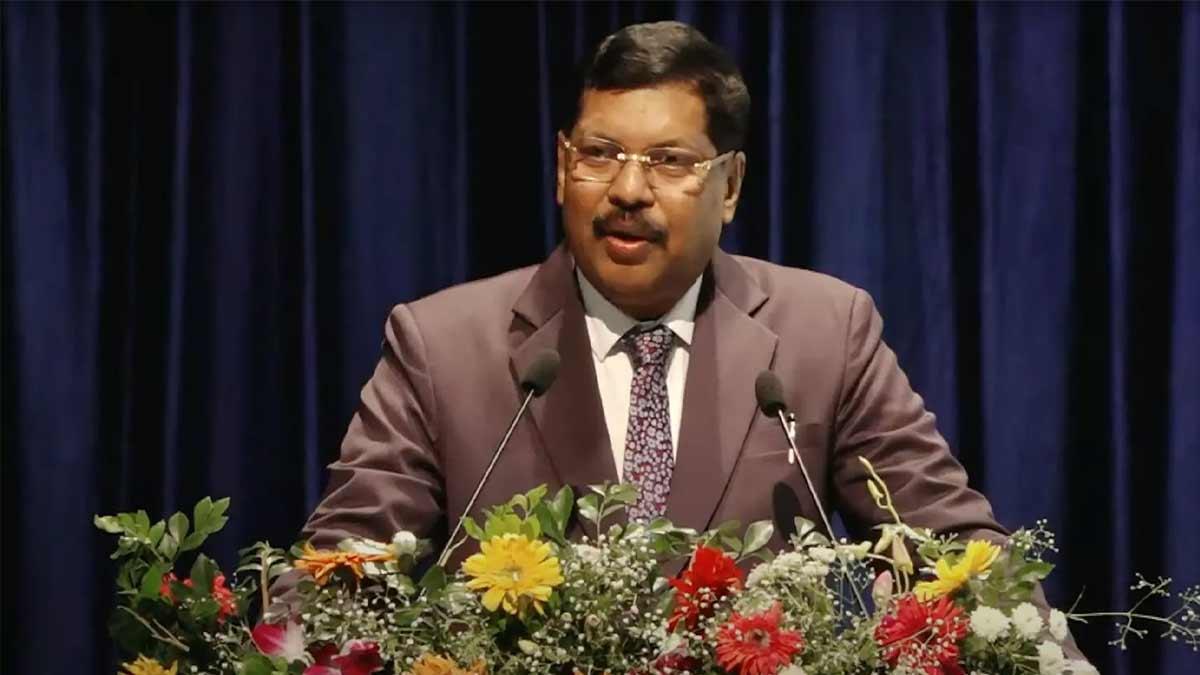The proposed mosque at Dhannipur in Ayodhya, Uttar Pradesh, named Mohammed Bin Abdullah Masjid, is set to have its foundation stones laid by the Imam-e-Haram from Mecca, the esteemed leader of prayers at the holy mosque near the Kaaba. Initiated by the Indo-Islamic Cultural Foundation Trust in compliance with the 2019 Supreme Court directives, this mosque will honor Prophet Mohammed-Bin-Abdullah.
Following the Babri Masjid-Ram Janmabhoomi verdict, the Supreme Court allocated 5 acres to the Sunni Central Waqf Board, with the remaining disputed land granted to the Ram Lalla temple. The mosque site, situated 22 km from the original Babri Masjid location demolished in 1992, anticipates being India's largest.
BJP's Haji Arafat Shaikh, designated Chairman of the Masjid Muhammad Bin Abdullah’s Development Committee, envisions housing the world's largest Quran, measuring 21 feet tall and 36 feet wide, within the mosque premises.
Key Points:
1. The Imam-e-Haram from Mecca is set to lay the foundation stone for the proposed Mohammed Bin Abdullah Masjid in Dhannipur, Ayodhya, Uttar Pradesh.
2. This mosque, named after Prophet Mohammed-Bin-Abdullah, is being constructed by the Indo-Islamic Cultural Foundation Trust as directed by the Supreme Court in 2019.
3. Following the Supreme Court's 2019 Babri Masjid-Ram Janmabhoomi verdict, 5 acres of land were allocated to the Sunni Central Waqf Board, with the entire disputed 2.77 acres in Ayodhya granted to the Ram Lalla temple.
4. The Mohammed Bin Abdullah mosque's location is approximately 22 km away from the original site of the Babri Masjid, which was demolished in 1992.
5. Anticipated to be India's largest mosque, it is expected to house the world's largest Quran, measuring 21 feet in height and 36 feet in width, as revealed by Mumbai-based BJP leader Haji Arafat Shaikh, appointed as Chairman of the Masjid Muhammad Bin Abdullah’s Development Committee.
6. The laying of the foundation stone by the Imam-e-Haram signifies the ceremonial commencement of the mosque's construction in Ayodhya.
7. Compliance with the Supreme Court's directives led to the allocation of land for the mosque's construction, emphasizing the legal and constitutional framework within which this initiative is being executed.
8. The mosque's significance extends beyond its architectural scale, symbolizing a step towards fulfilling the court's rulings and promoting religious harmony.
9. The mosque's construction, supervised by the Indo-Islamic Cultural Foundation Trust, aligns with the ethos of inclusivity and adherence to legal mandates set by the judiciary.
10. This milestone project in Dhannipur not only reflects the religious sentiments attached to the mosque but also signifies a pivotal moment in the region's socio-cultural landscape, emphasizing unity in diversity and the pursuit of harmony.
(With Agency Inputs)
ALSO READ | Jatayu Statue Takes Its Place at Ayodhya's Temple Complex
ALSO READ | Ayodhya: 50 Foreign Dignitaries Invited, Entry Strictly via Barcode Passes


















